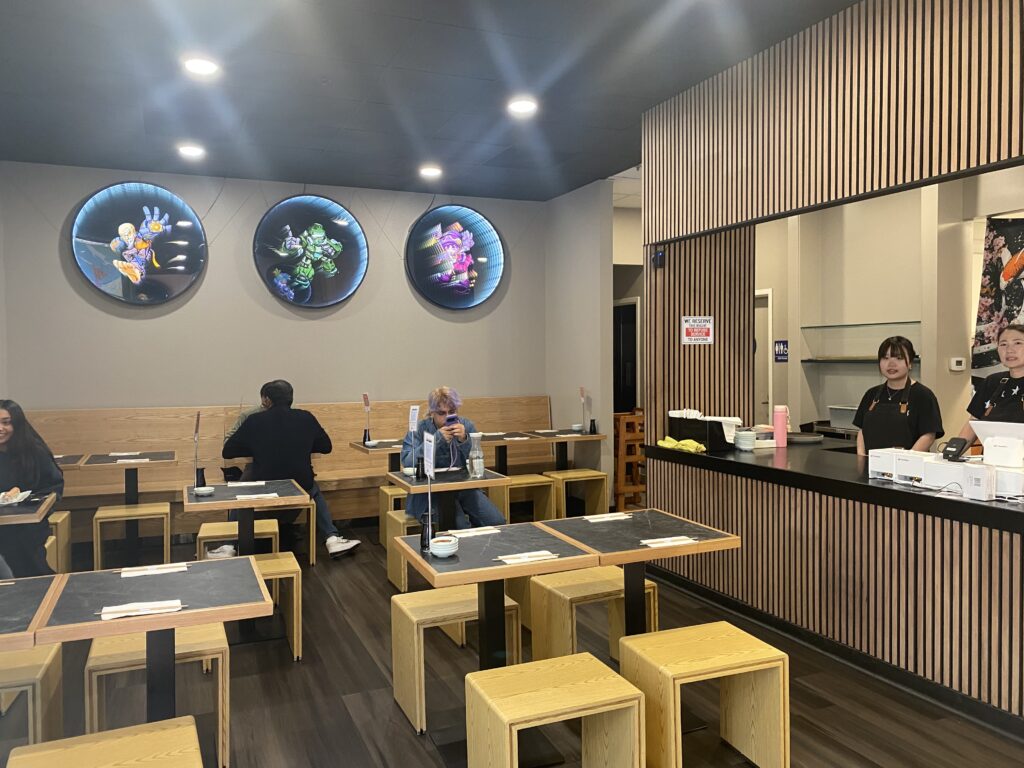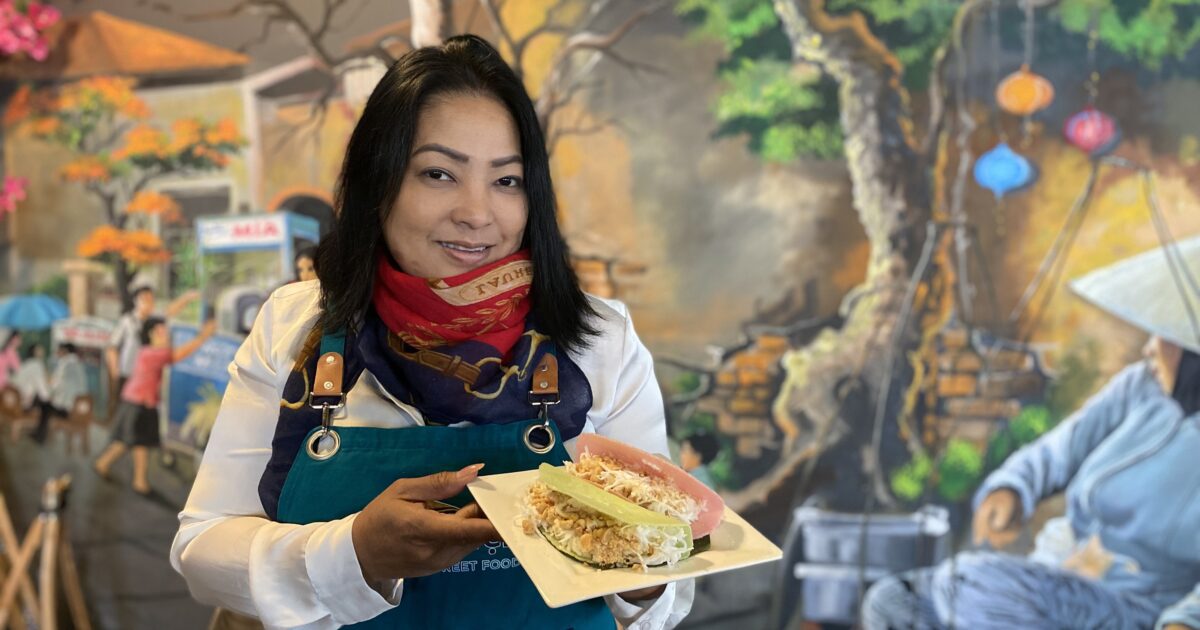Silicon Valley’s largest city is bouncing back from the slog of the pandemic, with a record number of food businesses opening in the last three years.
San Jose has issued 933 business tax certificates to restaurants, street food vendors, cafes and bakeries since 2022, thanks in part to the city’s improved permitting process. District 3 — downtown — has seen the greatest number of openings, with 231 new food establishments. District 7 has also seen major growth, with 146 businesses, followed by District 5 with 112 businesses and District 6 with 105 businesses. The majority of openings have happened in neighborhoods including Little Saigon, Calle Willow, Alum Rock, Willow Glen, Japantown and The Alameda.
“I am not surprised, given some of the changes to compliance and who and how we’re able to produce food,” Mimi Hernandez, executive director of nonprofit Prosperity Lab, told San José Spotlight. “Despite the shrinking profit margins, people are still choosing food entrepreneurship. I don’t know that there’s one single thing that we can all point to. I think it’s several conditions arriving at the door at the same time.”
Prosperity Lab mentors businesses owners, helping them navigate the building permitting process and create a business roadmap. The nonprofit provides classes in marketing and financial literacy, and runs a community kitchen where small business owners can utilize space at a discounted rate until they can scale their catering or food truck businesses.
The nonprofit has a one-year, $75,000 contract with San Jose and a one-year, $20,000 contract with Santa Clara County to provide this training.
Food businesses have started to populate areas outside of downtown over the last few years — a phenomenon Hernandez credits to the pandemic, as more people continue to work remote.
“A lot of neighborhood corridors are rivaling the sales revenues now against downtown,” she said.
In the first three months of 2025, restaurants had the highest sales tax revenue in the city’s history — soaring above pre-pandemic revenues by 21%, according to data provided by San Jose’s Office of Economic Development and Cultural Affairs.
New restaurants
Jorvan Garcia wanted to open a restaurant in East San Jose to serve locals. He worked with Prosperity Lab to become the first business owner in his family. The nonprofit guided him through the permit process, and last week he had his grand opening at Jorvans Micheladas.
“It feels amazing to be able to accomplish that and then try to build something for my daughters,” Garcia told San José Spotlight.
Businesses have also benefited from the city’s Streamlined Restaurant Program, which expedites the permit review process within half the usual time. Nearly 100 businesses utilized the program in the 2024-25 fiscal year, according to the office of economic development.
 Sumi Sushi recently opened on the Paseo de San Antonio near San Jose State University. Businesses have benefited from San Jose’s Streamlined Restaurant Program, which expedites necessary permits. Photo by Joyce Chu.
Sumi Sushi recently opened on the Paseo de San Antonio near San Jose State University. Businesses have benefited from San Jose’s Streamlined Restaurant Program, which expedites necessary permits. Photo by Joyce Chu.
Terry Tien, owner of Sumi Sushi near San Jose State University, is one.
When Tien bought the former hair salon on Paseo de San Antonio, he had to transform it into a restaurant. Thanks to San Jose’s streamlined process, Tien was able to get his permits approved in four months.
“That’s unheard of,” Tien told San José Spotlight. “Even our landlord was very surprised that we were that quick.”
Starting a new business hasn’t been without challenges.
Tina Tien opened Bui Vien, a restaurant serving Vietnamese street food in San Jose’s Little Saigon neighborhood, seven months ago. The menu features unique food from North, Central and South Vietnam like Bot Chien, a crispy egg pancake mixed with rice cakes and scallions served on a sizzling clay skillet.
Tina Tien wanted to bring back the memories of her home country, capturing the essence of all the flavors of Vietnam — not just the common dishes like pho, an aromatic beef broth served with flat noodles. She said she pours love into all her dishes to honor her mother, who died in 2013 from cancer.
“People miss the street food,” she told San José Spotlight. “Our community (didn’t) have this.”
Tina Tien said the first four months were busy, but things have slowed down. Profits in the last three months have dropped 30% to 45%. Customers have told her they are trying to spend less money in an unpredictable economy.
Hernandez said the economy is impacting restaurants and their slim profit margins. Inflation along with higher rents and wages are making it a challenge. Still, she sees an opportunity for restaurants to target other markets and expand their business strategies.
“I think the younger generations are more attuned to trying different experiences and different cultural food because that’s where I have seen most of the uptick,” she said. Tina Tien is also trying to woo Gen Zers to her restaurant. She is focusing on beefing up her marketing so others know her restaurant exists, a challenge that often plagues new establishments.
Tina Tien is also trying to woo Gen Zers to her restaurant. She is focusing on beefing up her marketing so others know her restaurant exists, a challenge that often plagues new establishments.
“We really believe (in) our concept, because the young generation right now, they love to explore something like our food,” she said. “We believe we will be successful. They come here, they have more joy.”
Contact Joyce Chu at [email protected] or @joyce_speaks on X.

